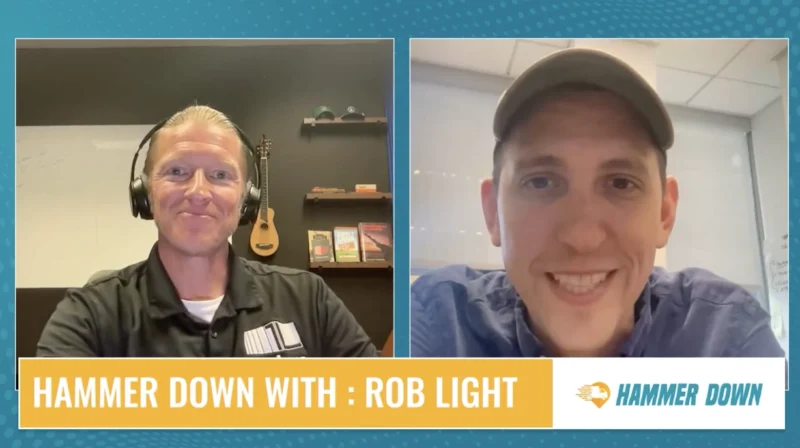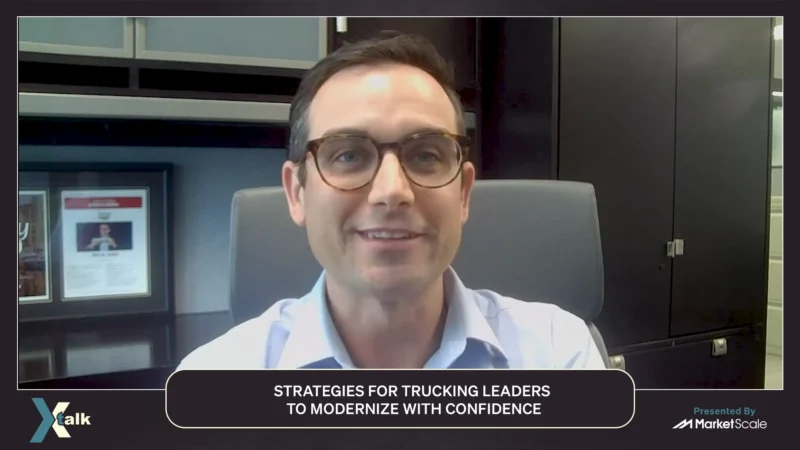Are We There Yet? Advancing Driver Safety and Savings Through Data and AI
InsurTech 2.0 brings next-level promise in digital capabilities for the insurance industry, and that’s a good thing. Estimates show the InsurTech market will increase by $33.73 billion from 2020 to 2025, and the market’s growth momentum will accelerate at a CAGR of 45.28%. What are some of these technological innovations that promise to usher in such growth? Are We There Yet’s Grant Harrell went on a search to learn more.
And when Harrell found what he was looking for, it was in a company that he believes is one of the most exciting in the InsurTech space today, Fairmatic. Fairmatic’s fleet insurance model utilizes data and AI to reward driver safety with savings. As President of Insurance for Fairmatic, Jamie Trish leads many of these innovations. So, what puts Fairmatic on the cutting edge of commercial auto insurance?
“We are much more than a traditional commercial auto insurance company,” Trish said. “What makes us special is our unconventional impact-driven approach to commercial auto insurance. We have proprietary pricing models built on hundreds of billions of miles of driving data. When you combine that expertise with our technology, it allows us to reward safer driving with lower insurance premiums.”
Harrell and Trish touch on several critical topics during their conversation, including:
- Commercial auto groups finding success utilizing Fairmatic’s insurance solutions
- Trish’s leadership role within the insurance industry
- The shift from using historical to real-time data in the underwriting process
- The evolving risk landscape within insurance today
“From my view, the insurance seat, I view the technology advancements as a fantastic thing,” Trish said. “Technology is going to make roads safer, overall. And that is very much in line with our mission, and it’s inarguably a great thing. But as I think about the future, even with safer roads and better technology out there, there will still be better and worse driving performance within the fleets on the road. What Fairmatic does differently is it doesn’t look at things on average; it looks at your actual driving behavior and rewards you with insurance premiums commensurate with that driving behavior.”
Jamie Trish has been an insurance industry expert since 2006. She holds an MBA from the MIT Sloan School of Management and seeks to redefine success in the commercial auto space by rewarding safer driving behavior with lower premiums.




